David Leitner
Rethinking Reactive Architectures with GraphQL
#1about 5 minutes
Defining reactivity through asynchronous data streams
Reactivity is explained as programming with asynchronous data streams, which are data containers existing in plural space and asynchronous time.
#2about 5 minutes
Making relationships between variables explicit and automatic
Reactive programming uses streams to bind variables together, ensuring that changes to one variable automatically propagate to dependent variables.
#3about 4 minutes
Shifting from pull-based to push-based UI design
A mail client example illustrates the shift from a manual, pull-based refresh model to a reactive, push-based model where the UI automatically updates.
#4about 8 minutes
Applying the four principles of the Reactive Manifesto
The Reactive Manifesto's goal of responsiveness is achieved through elasticity and resilience, which are both enabled by a message-driven architecture.
#5about 7 minutes
Tracing the evolution of microservice communication patterns
Microservice architectures evolved from synchronous pull-based communication to fully asynchronous, stream-centric, and event-sourced patterns for better resilience.
#6about 2 minutes
Using GraphQL subscriptions for end-to-end streaming
GraphQL subscriptions solve the final pull-based bottleneck between the client and backend, enabling a fully push-based, end-to-end reactive system.
#7about 4 minutes
Building a real-time collaborative insurance portal
A reactive architecture with GraphQL enables real-time synchronization between an insurance agent's and a customer's UIs for a seamless collaborative experience.
#8about 4 minutes
Achieving resilience in mobile banking with projections
Projections, or specialized read models hydrated from an event store, allow mobile banking apps to remain functional for key features even when backend services are down.
#9about 1 minute
Weighing the benefits and complexity of reactive systems
Reactive architectures offer powerful benefits like resilience and real-time capabilities but come at the cost of increased complexity, so they should be adopted carefully.
Related jobs
Jobs that call for the skills explored in this talk.
Featured Partners
Related Videos
 46:24
46:24The Rise of Reactive Microservices
David Leitner
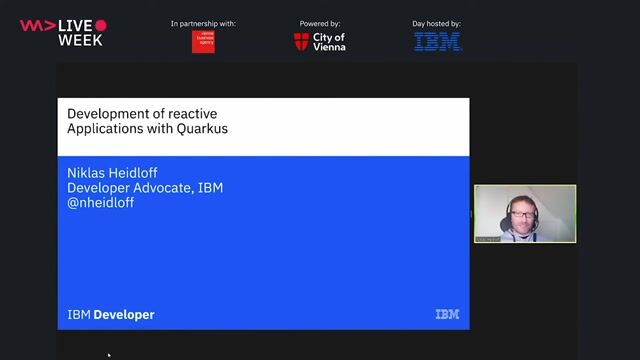 39:10
39:10Development of reactive applications with Quarkus
Niklas Heidloff
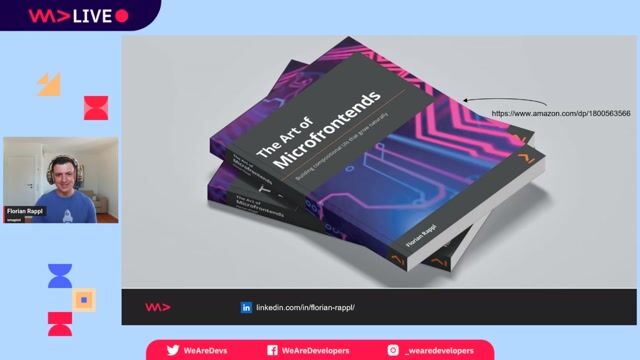 59:03
59:03Multiple Ships to the Island - Micro Frontends & Island Architectures
Florian Rappl
 34:28
34:28GraphQL Mesh – Why GraphQL between services is the worst idea and the best idea at the same time!
Uri Goldshtein
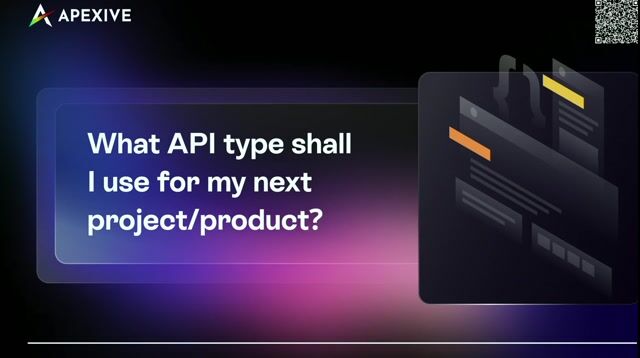 28:16
28:16The Great API Debate: REST, GraphQL, or gRPC?
Alexis Yushin
 28:12
28:12GraphQL: Does it replace SQL, REST or Something Else?
Gregor Bauer
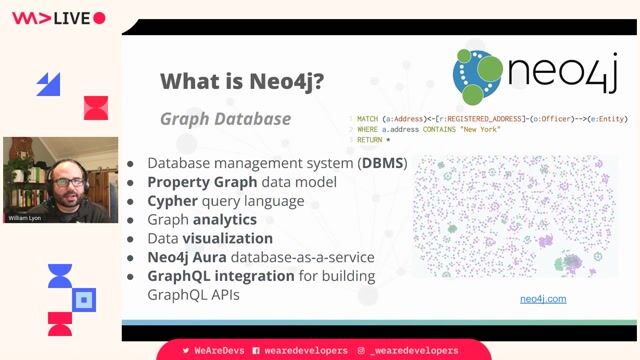 47:48
47:48Putting the Graph In GraphQL With The Neo4j GraphQL Library
William Lyon
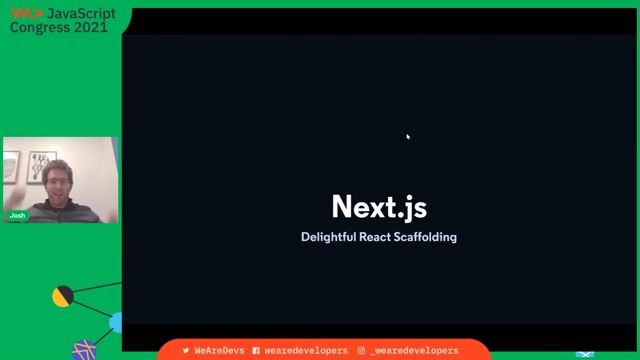 40:45
40:45GraphQL + Apollo + Next.js: A Lovely Trio
Josh Goldberg
From learning to earning
Jobs that call for the skills explored in this talk.
![Senior Software Engineer [TypeScript] (Prisma Postgres)](https://wearedevelopers.imgix.net/company/283ba9dbbab3649de02b9b49e6284fd9/cover/oKWz2s90Z218LE8pFthP.png?w=400&ar=3.55&fit=crop&crop=entropy&auto=compress,format)

Senior Software Engineer [TypeScript] (Prisma Postgres)
Prisma
Remote
Senior
Node.js
TypeScript
PostgreSQL
Software Architect Lead Frontend React
GFT
Municipality of Valencia, Spain
Remote
Senior
API
CSS
SASS
Azure
+9
Proficient Software Engineer - Node - React - GraphQL (m/f/x)
Atolls
Berlin, Germany
MVC
NoSQL
React
Vue.js
NestJS
+8
Proficient Software Engineer - Node - React - GraphQL (m/f/x)
Atolls
München, Germany
MVC
NoSQL
React
Vue.js
NestJS
+8
Senior full-stack Developer - React
DEUS: human(ity)-centered AI
Municipality of Madrid, Spain
API
Azure
React
Next.js
Prometheus
+4





